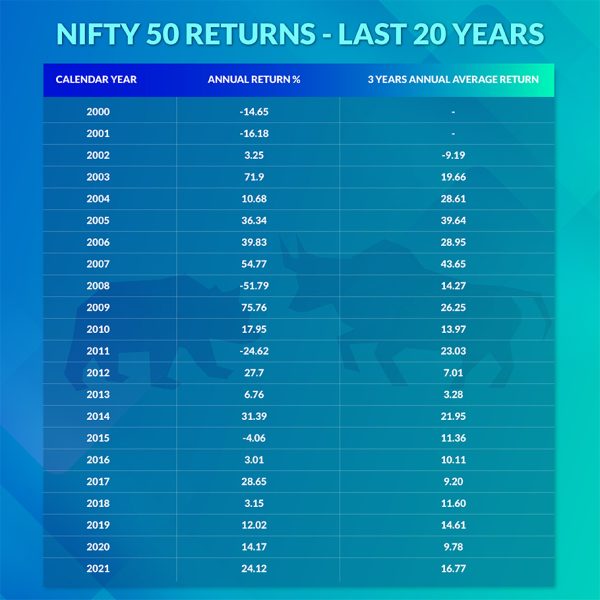
IIFL ELSS Nifty 50 enjoys an edge over regular ELSS; here’s why
A broad based index is likely to provide better returns to investors in the long run; as the economy is expected to grow well in the coming years, a Nifty-based fund may provide good returns

In May 2022, the Securities and Exchange Board of India (SEBI) permitted fund houses to launch index-based tax-saving Equity Linked Savings Schemes (ELSS). The present ELSS was notified in 2005, but fund houses were never permitted to float index-based schemes. Till now, all ELSS funds in India have been active ones where fund managers decided their respective fund’s portfolio.
According to the SEBI circular, passive ELSS funds will be based on chosen indices made up of stocks from top-250 companies in terms of market cap. According to the categorisation definition, large-cap companies rank from 1 to 100, while mid-cap companies rank from 101 to 250.
Personal Finance: Choosing PMS over MF? Do it only if you’re rich and well-informed
SEBI has also prescribed a condition that an asset management company (AMC) cannot have both active and passive ELSS funds.
This announcement by SEBI is important for investors who opt for mutual fund investments for tax-saving purposes.
IIFL ELSS Nifty 50
Following SEBI’s announcement, IIFL Mutual Fund has introduced its first tax-saving index fund, the IIFL ELSS Nifty 50 Tax Saver Index Fund. The new fund offer (NFO) opened for subscription on December 1, and closes on December 21. The NAV will remain ₹10 during the NFO subscription period. Units will be allotted for the fund on December 28, 2022. It will be an open-ended scheme and take fresh subscriptions from January 2, 2023, based on the prevailing NAV at that time.
Here are some other characteristics of the scheme:
- There is no entry or exit load
- Benchmark is NIFTY 50 Total Return Index
- Systematic Investment Plan (SIP), Systematic Transfer Plan (STP), and Systematic Withdrawal Plan (SWP) are available
- The minimum initial investment is ₹500 and minimum subsequent investment is ₹500
Personal Finance: Stocks performing badly? Don’t rush to sell them
Advantages
It is a welcome addition to the ELSS class of investments, as there are distinctive advantages when a mutual fund scheme is based on an index.
Low fees: As any index fund will just mimic the benchmark fund, there is no need for any research analysis to select stocks. No active trading is involved. Only when the benchmark index undergoes any change of constitution of stocks and weightage, suitable changes are made in the mutual fund scheme also. There is considerable savings, as no separate research team is required to be employed.
No bias: Since the investment is according to the benchmark index, there is no discretion left with the fund manager. Hence, there is no bias while taking investment decisions.
Exposure known in advance: Since the investment is based on an index, the diversification is known in advance. Moreover, when it is index-based, the portfolio is already well diversified. That ensures broad market exposure.
Tax benefits: Passive funds are managed with fewer trades, resulting in fewer capital gains distribution being passed on to the unit-holders.
Personal Finance: ULIP is not efficient; term insurance plus MF is a good alternative
Performance of existing ELSS schemes
Though some ELSSes are performing well, the average of all the schemes is not at all good. The schemes have got minimal inflows and low returns in the past one year. Many of these schemes failed to beat their benchmarks in one year.
The ELSS category has posted an average return of 1.17 per cent in the past year. Of the 34 ELSS funds that have completed one year in the market, nine schemes have posted negative returns and 20 have returns of less than 5 per cent in one year.
Personal Finance: Your insurance agent will never suggest a term plan; here’s why you should insist on one
Even well-rated schemes sometimes do not perform well, and rating is not a guarantee for better return. Since the scheme has a lock-in period of three years, there is no immediate escape route for investors when a scheme does not function well.
What can you expect from the new fund?
The following table shows the performance of NIFTY for the past 20 years. That indicates how a NIFTY-based ELSS may perform. The table also provides annual returns after three years, the minimum period for an ELSS. It has been calculated by averaging the previous three years’ returns.

Other existing features of ELSS
While index-based ELSS funds are built in a different way, they share the following features of existing ELSS schemes:
- Dividend and growth options available
- Three-year lock-in period
- Up to ₹1,50,000 investment can be claimed as deduction for income tax from gross total income
- No tax on returns earnedm
Also read: Sensex, Nifty settle at fresh lifetime highs; maintain winning momentum for 6th day
The bottom line
Generally, a broad based index provides better returns to investors in the long run. As the Indian economy is expected to grow well in the coming years, the broad stock indices are likely to give better returns.
Investment under index-based ELSS can be a better addition to one’s portfolio where the risk is minimised due to diversification and where the cost of maintaining the fund is also low.
(The writer is a retired banker)


